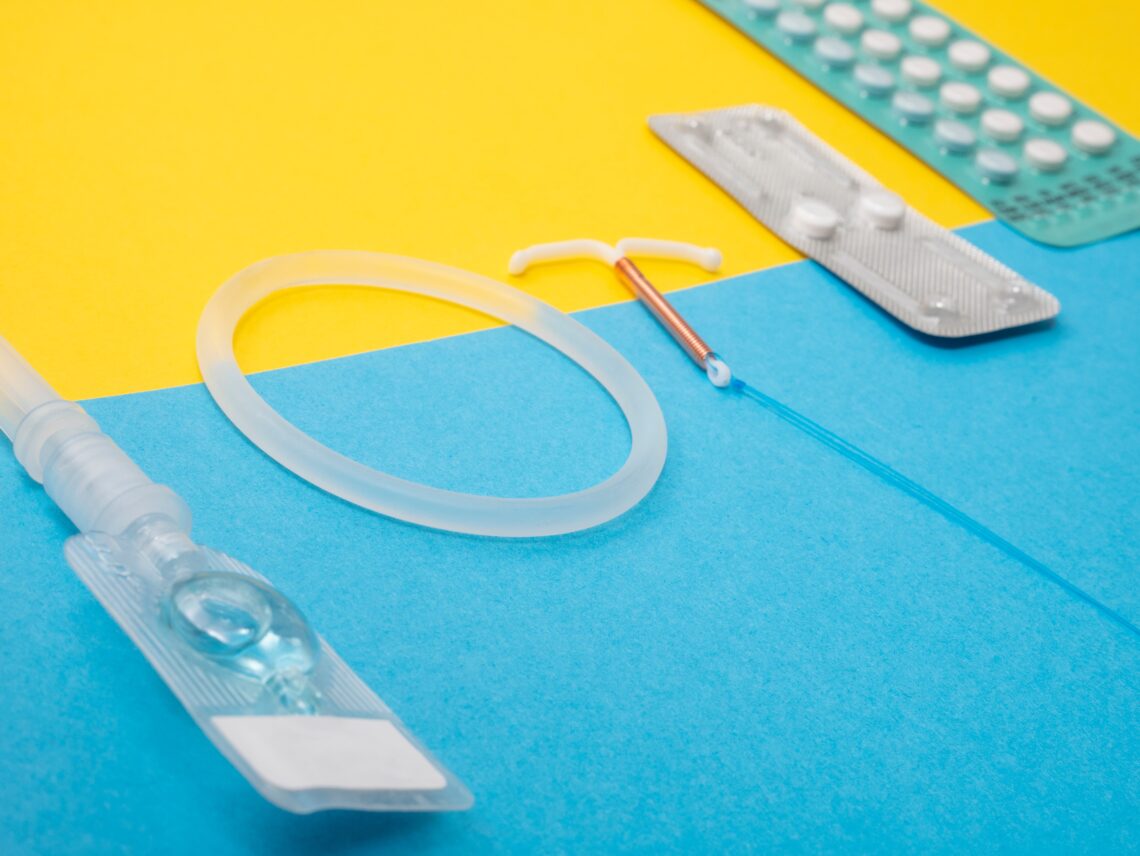
Choosing the right birth control method
Did you know that a common birth control method used in ancient Egypt involved crocodile poop?
Yes, you read that correctly.
Ancient Egyptians would mix crocodile poop together with some other ingredients to create a blocking device that was then inserted into the vagina as a way to prevent pregnancy. The jury is still out on whether or not this technique actually had any medical merit (maybe a lack of willing research participants?).
Today we’re lucky to have a wide selection when it comes to birth control methods, none of which involve any type of animal poop.
Read ahead to learn about the available options and decide which one works best for you.
Birth control pill
There are two types of birth control pills: combination birth control pills, which contain both estrogen and progestin hormones, and progestin-only pills, also known as mini pills.
The hormones within both kinds of pills work to safely stop ovulation, thicken cervical fluid and change the lining of the uterus to prevent pregnancy.
The pill is 99 per cent effective—in theory. While it is a very capable method of birth control, people can sometimes forget to take the pill every day. In reality the pill is about 91 to 93 per cent effective.
The best way to make sure you’re taking your pill every day is to download a tracking app such as Spot On or check off the days on a calendar.
The pill has acquired an unfair reputation in the past for causing weight gain, but there has been lots of research disproving these claims.
As an added bonus, the pill has been found to ease painful cramps and premenstrual syndrome symptoms. If you’re looking for some relief, the pill could be a great option for you.
Birth control shot
The birth control shot, sometimes called the Depo-Provera or the Depo Shot, is an injection that you get once every three months that administers the hormone progestin into the body to stop ovulation and prevent pregnancy.
Similarly to the birth control pill, the shot’s effectiveness is determined by your diligence to maintain a consistent routine. In a perfect world, it has a 99 per cent effectiveness rate. In the real world it’s closer to 94 per cent.
Birth control patch
The birth control patch, otherwise known as the transdermal contraceptive patch, is another great birth control option that functions similarly to the pill and shot by releasing hormones in the body to prevent pregnancy.
To use the birth control patch, simply stick a fresh patch to clean and dry skin. Depending on the brand, you can place the patches on your belly, butt cheeks, back or upper arm. Hold in place for 10 seconds and viola! You’re protected.
Patches work for up to one week and must be changed to continue preventing pregnancy. The patches are around 91 per cent effective if used correctly. Once again, make sure you’re on top of changing your patch or the effectiveness will dwindle.
Birth control vaginal ring
The birth control ring is a small, flexible ring inside your vagina that prevents pregnancy by releasing hormones into your body.
The birth control ring is available in two different versions: the NuvaRing and ANNOVERA ring. The NuvaRing lasts for up to five weeks, simply take the ring out of your vagina and put a new one in about once a month. The ANNOVERA ring requires users to put the ring inside their vagina for 21 days and then remove it for seven days. It even comes with a case to keep it safe and sound during your ring-free week. It lasts for around one year, which totals out to around 13 cycles.
Intrauterine Device
An intrauterine device (IUD) is a small piece of flexible plastic shaped like a T that is inserted into your uterus to prevent pregnancy.
There are two kinds of IUDs: copper and hormonal. The copper IUD doesn’t contain any hormones, and is instead wrapped up in copper that works as a sperm repellent. Hormonal IUDs thicken the cervix’s mucuses to block and trap sperm, while also working to stop eggs from leaving your ovaries.
The IUD is a great option for those who are forgetful—the copper IUDs can last up to 12 years and the hormonal-based IUDs range from three to seven years depending on the brand.
It’s also super effective, boasting a 99 per cent effective rate. Just make sure to keep track of your insertion and removal date. Apps like Spot On also have features to help keep you in the loop for when that time eventually comes.
Condoms
Condoms are thin, stretchy pouches that act as a barrier between sexual partners. They work to prevent pregnancy by keeping sperm away from the vagina.
External condoms are worn on an erect penis and are usually made out of latex. Internal condoms are inserted into the vagina or rectum while a flexible plastic ring holds it in place and are typically made out of nitrile, which is a soft type of plastic.
Condoms are also a great way to protect against STIs, something none of the other birth control options provide.
Talk to your health care provider
If you’re thinking of going on birth control or adopting a new method, always talk to your healthcare provider beforehand. They can help you to discuss available options and determine which one will work best for you based on your lifestyle, medical history and other variables.
Don’t feel discouraged if you have to try out a few different options. Our bodies are all different and the most important thing is your comfort and safety.
About the author
Olivia Matheson-Mowers is a former reporter for Youth Mind. When she’s not writing, or playing with her cat, Daisy, you can find her curled up in her heated blanket watching seasons 1-6 of Dragon Ball Z and complaining about seasons 7-9.







